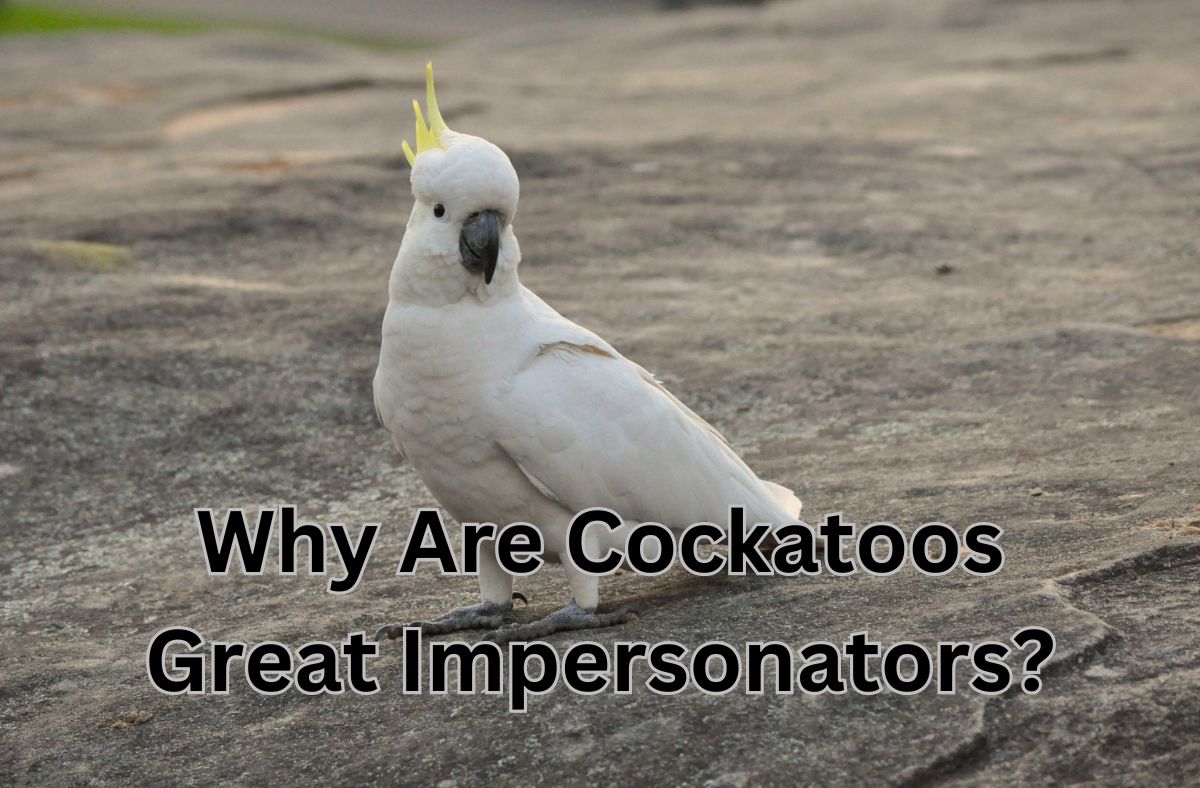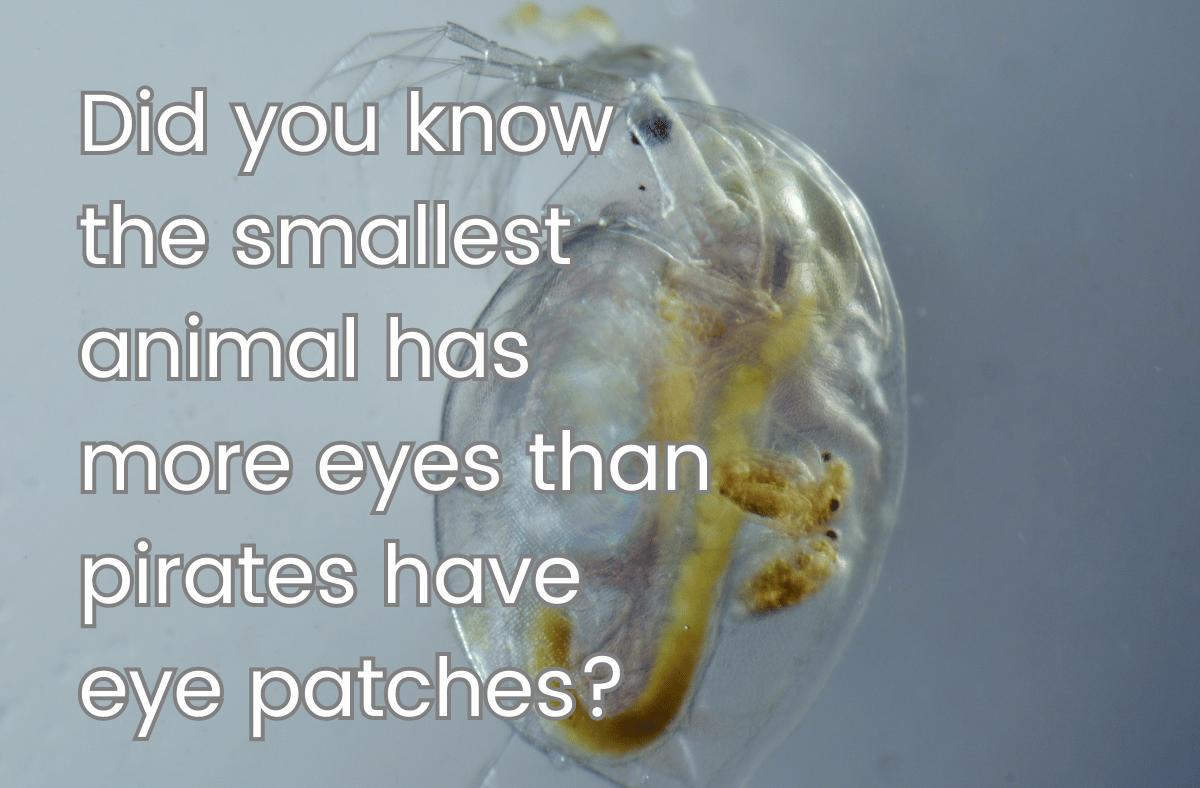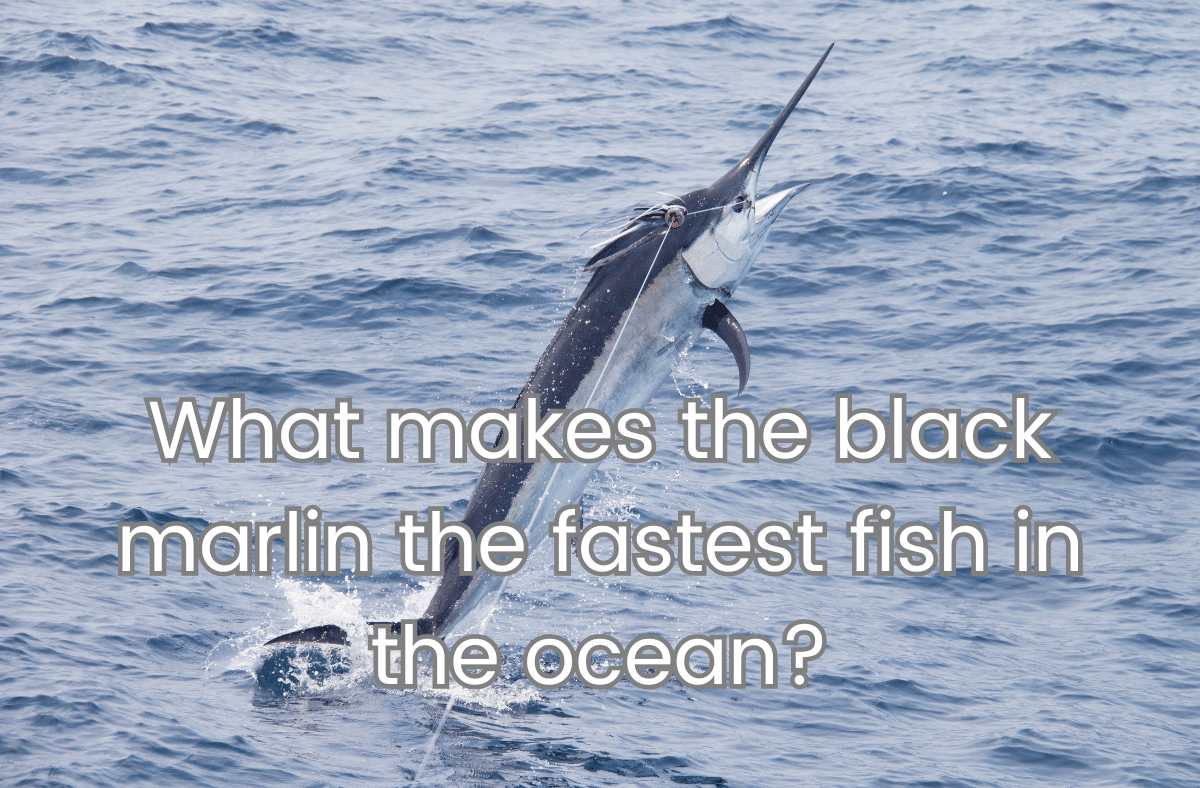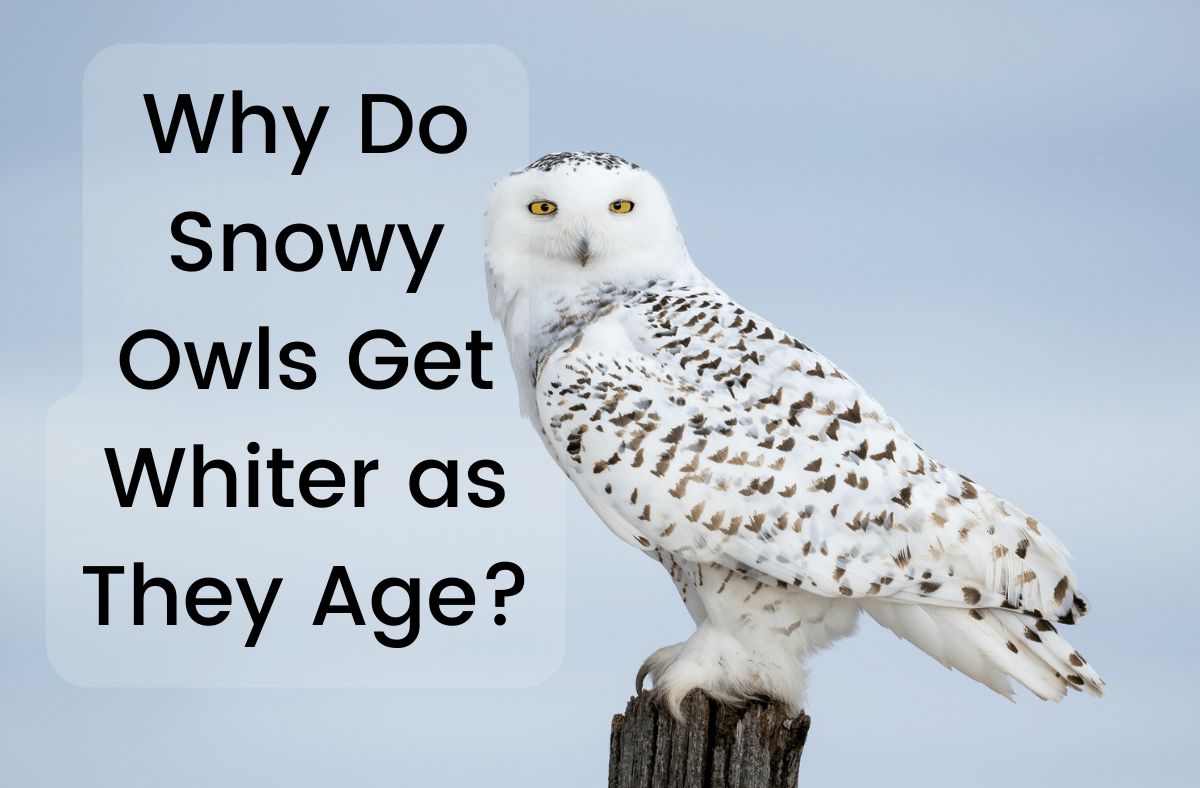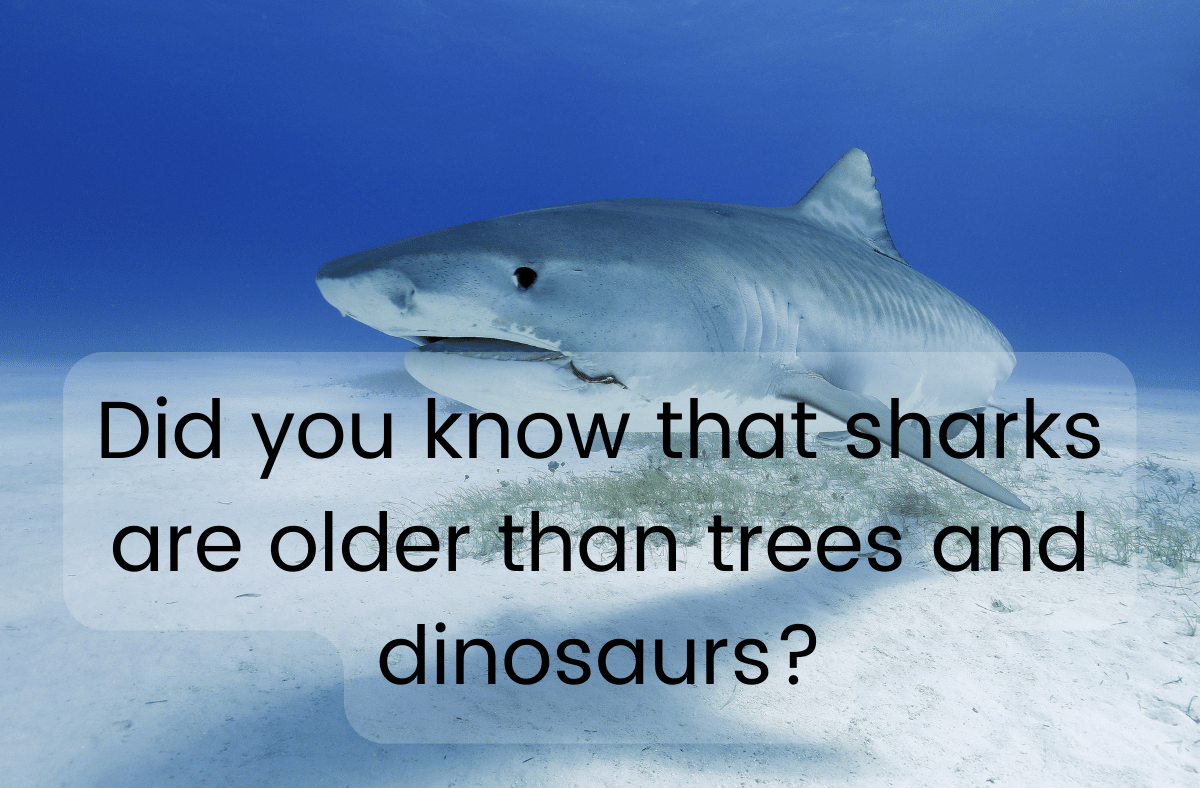For those in a hurry
- Penguins do have knees, but they are hidden under their feathers and close to their bodies.
- Penguins use their knees to bend their legs and move their feet, which help them walk on land and swim in water.
- Penguins have adapted to have short legs and long feet, which make them more efficient at swimming and diving.
- Penguins also have ankles and toes, which they use to grip the ice and balance themselves.
The anatomy of penguin knees
You might think that penguins are just cute balls of fluff that slide on their bellies, but they actually have a complex skeletal system that allows them to move on land and in water. One of the most surprising parts of their anatomy is their knees.
Yes, you read that right. Penguins do have knees, but they are not visible to the naked eye. They are hidden under their thick layer of feathers and close to their bodies. This makes their legs look very short and stubby, but they are actually longer than you might think.
Penguins use their knees to bend their legs and move their feet, which are attached to their lower legs. Their feet are large and flat, with webbed toes that help them propel themselves in water. They also have claws that help them grip the ice and rocks.
The evolution of penguin knees
Penguins are birds, but they are very different from other birds. They have evolved to live in cold and harsh environments, where flying is not an option. Instead, they have become expert swimmers and divers, spending most of their time in the water.
To adapt to this lifestyle, penguins have developed several features that make them more efficient at swimming and diving. One of these features is their short legs and long feet, which lower their center of gravity and reduce drag in water. Their knees are also positioned close to their bodies, which helps them maintain a streamlined shape.
By having short legs and long feet, penguins sacrifice some mobility on land. They cannot run or jump like other birds, but they can waddle or hop. They can also slide on their bellies, using their feet and wings to push themselves forward. This is called tobogganing, and it is a fun and fast way for penguins to travel on ice or snow.
The function of penguin knees
Penguins may not have the most graceful walk, but they do use their knees for various purposes. Here are some of the functions of penguin knees:
- Walking: Penguins use their knees to bend their legs and move their feet, which help them walk on land. They can walk at a speed of about 2.5 km/h (1.6 mph), but they can go faster if they need to escape from predators or chase prey.
- Swimming: Penguins use their knees to bend their legs and move their feet, which help them swim in water. They can swim at a speed of up to 36 km/h (22 mph), making them one of the fastest aquatic animals. They can also dive up to 500 m (1640 ft) deep, holding their breath for up to 20 minutes.
- Balancing: Penguins use their knees to adjust the position of their legs and feet, which help them balance themselves on land or ice. They can spread their feet wide apart or bring them close together, depending on the situation. They can also use their tails as a tripod to support themselves when standing still.
- Thermoregulation: Penguins use their knees to control the blood flow to their legs and feet, which help them regulate their body temperature. They can constrict or dilate their blood vessels, depending on the ambient temperature. When it is cold, they reduce the blood flow to their extremities, conserving heat in their core. When it is warm, they increase the blood flow to their extremities, dissipating heat through their skin.







